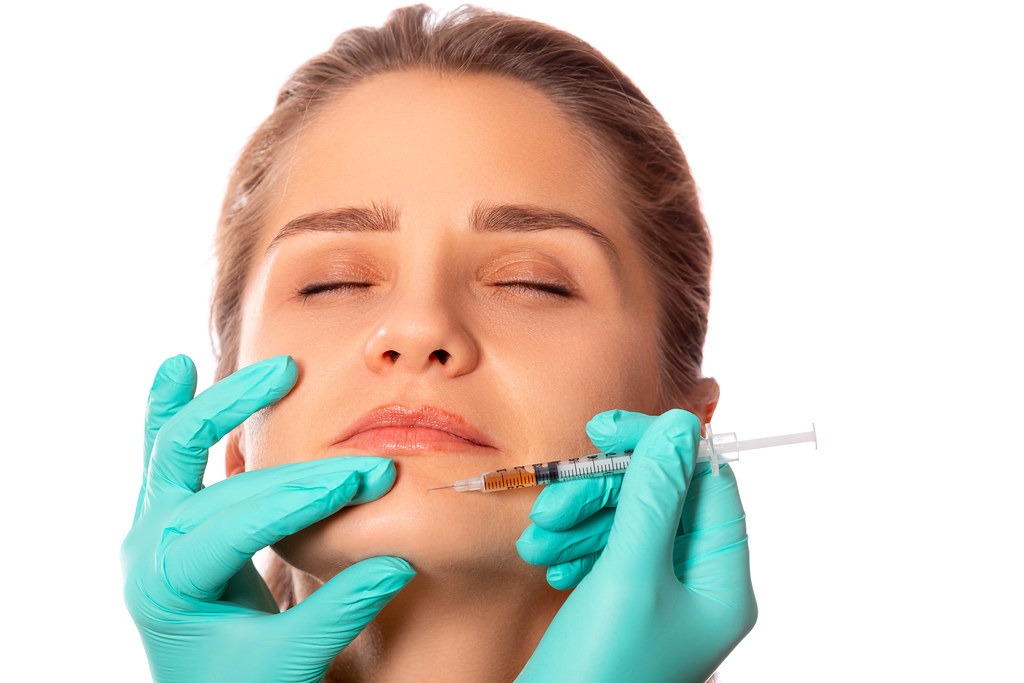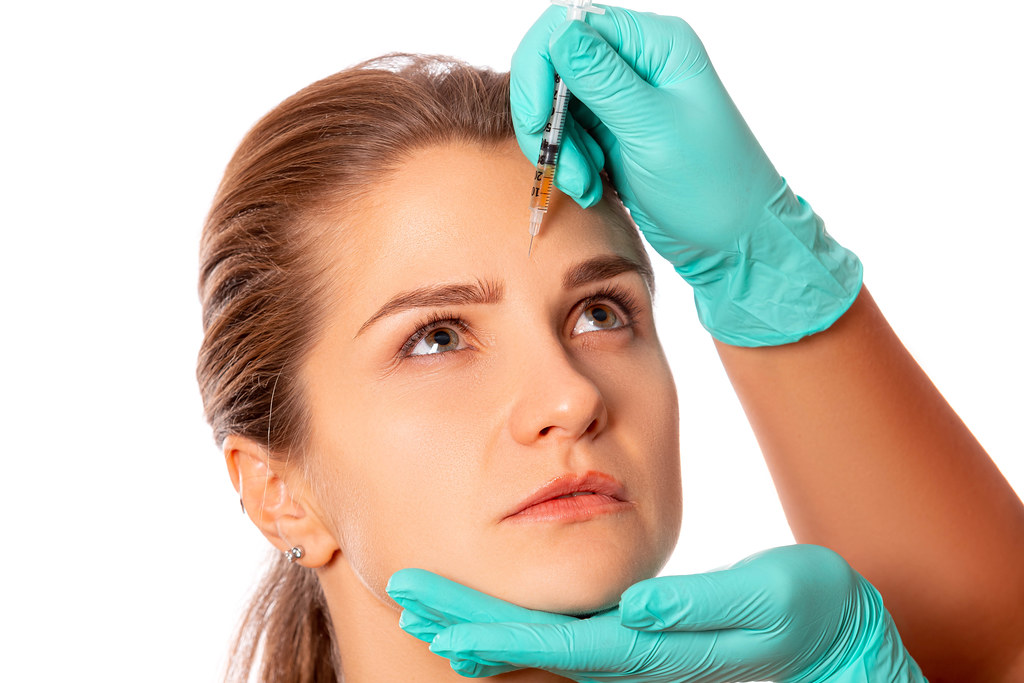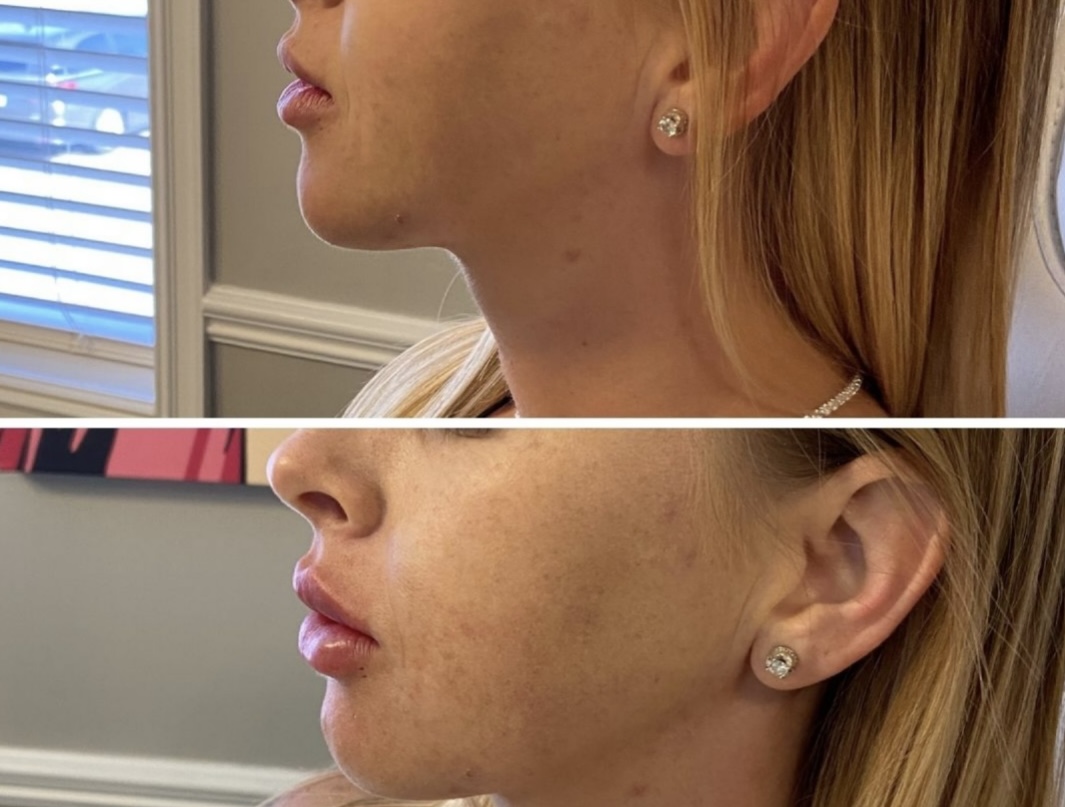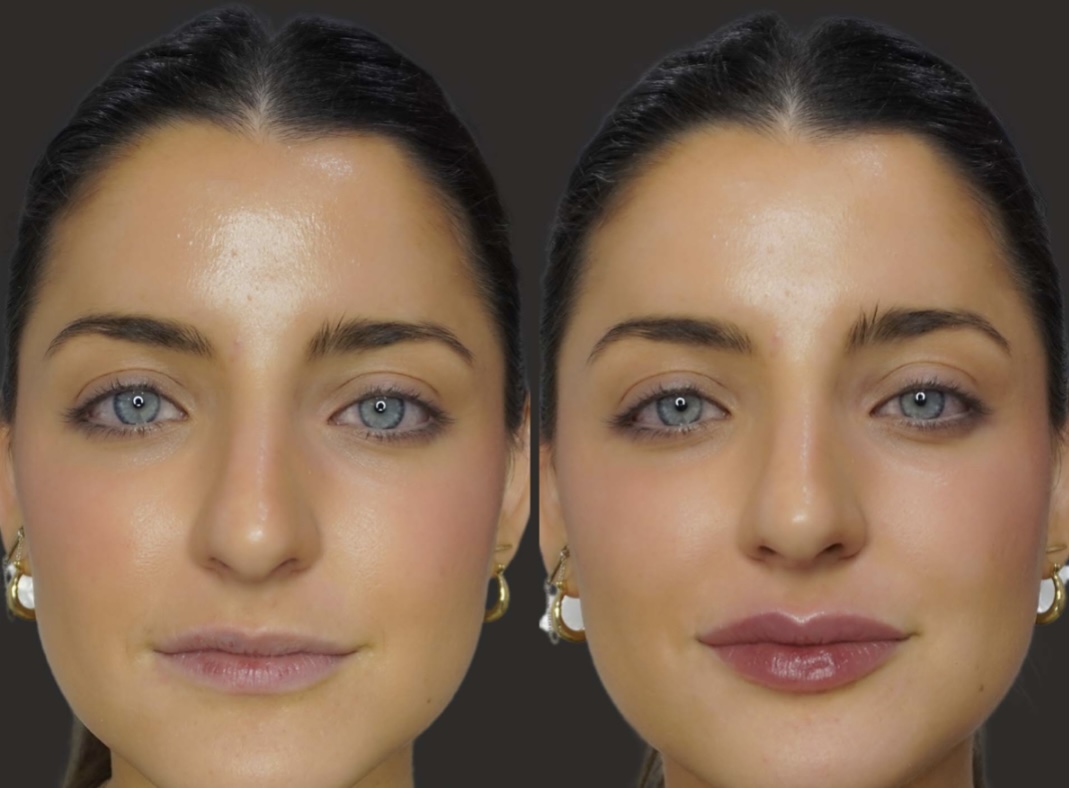Are you considering or already choosing Botox injections to smooth out those wrinkles and restore your former glory?
It’s essential to know that Botox isn’t a forever fix, and its staying power depends on several factors such as daily routines, lifestyle, how deep your facial muscles are, and exactly where in your face you get the treatment.
So, how long does Botox last? Dive in to find the answer and ways to retain your fresh appearance!
HOW LONG DOES BOTOX LAST?
The effects of Botox usually stick around for about three to six months, but it varies for everyone. Some might enjoy the benefits of six months, while others might start thinking about their next visit after only two months.
Around the two to four-month mark, you might notice some muscle activity creeping back in, but it often shows up softer and less noticeable.

Botox effect may last around 3-6 months – Source: Flickr
FACTORS THAT AFFECT BOTOX LONGEVITY
AFTERCARE ROUTINES
Your doctor will probably give you some special instructions, such as to stay upright for a few hours after the treatment and to keep your hands off the treated area. If you ignore them, the Botox may wander around where it’s not supposed to do its job and negatively affect your skin.
LIFESTYLE
If you’re into heavy smoking and drinking or not leading a healthy diet, your skin might not be as receptive to treatments. Plus, soaking up too much sun can speed up aging by messing with your collagen and hurting your skin cells deep down.
Thus, if you’re not careful with your lifestyle, you could be shortening the life of your Botox and not getting the most out of it.
FREQUENCY OF TREATMENT
The frequency of your Botox treatments can make a real difference in how long those wrinkle-free results stick around. If you’re finding the effects fading, it might be because you didn’t get enough Botox units injected.
It’s pretty common for people to notice better and longer-lasting effects after getting multiple injections. Going for a second or third round can improve how well the treatment works and make the results last longer.
The trick is not just in the number of injections but in getting the right amount of Botox units each time. In the beginning, your doctor might use fewer units to figure out what suits you, but this shouldn’t keep happening.

It’s best to get enough Botox units – Source: Flickr
WRONG/BAD INJECTIONS
Receiving Botox injections in the wrong places on your face can seriously affect how long it lasts. Botox is most effective when it hits specific points.
For example, if the forehead Botox gone wrong, those wrinkles might not stay away for as long as you hope. There’s even a risk of feeding the effects in the wrong parts of your face.
CHANGE IN BOTOX BRAND
Bad Botox before and after is another reason for changing the Botox brand, leading to a twist in Botox longevity. Even when your current Botox injections might be doing their job, it’s worth exploring if your body could respond better to a different brand.
People react differently to various formulations, so trying another brand could be a game-changer.
HOW TO MAINTAIN AND PROLONG BOTOX INJECTIONS?
AVOID EXCESSIVE SUN EXPOSURE
It’s best to avoid excessive sun exposure to preserve and extend the benefits of Botox injections. Besides, regular sunscreen application shields your skin from harmful UVA and UVB rays that can compromise Botox longevity.
You should also wear sunglasses to prevent squinting in the sun and reduce the effect of the treatment.
AVOID HIGH-INTENSITY EXERCISE
Another important note is to skip intense workouts, especially in the first 24 hours after Botox, to make your injections last longer. These exercises speed up metabolism and break down Botox quicker. Instead, you should do easier and moderate-intensity exercises.
It’s wise to prioritize activities like walking, light jogging, or yoga on the first day or so after your Botox session. This approach aids in maintaining the positive effects of Botox, ensuring a more sustained outcome.

You should avoid high-intensity exercises – Source: Flickr
RELIEVE YOUR STRESS
Stress can lead to facial expressions like scowling and frowning, putting pressure on the targeted muscles relaxed by Botox. This alone may cause the effects to wear off more quickly.
Moreover, stress triggers the release of cortisol, known as the “stress hormone,” initiating an inflammatory response in the body.
Consistent high stress not only hastens the breakdown of Botox but also accelerates the aging process at the cellular level. These practices not only help maintain the longevity of your Botox but also contribute to reducing stress-related aging.
USE FACIAL MOISTURIZER
It’s always good to keep your skin smooth and make Botox last longer by using a reputable facial moisturizer. You can look for ones with collagen and hyaluronic acid, as they can help your skin stay plump and healthy. This can slow down the degradation of Botox in your facial muscles.
Also, remember to drink lots of water and establish a simple skincare routine with moisturizers and gentle cleansers. Taking care of your skin this way will support the effectiveness of your Botox treatment, keeping your skin looking fresh and youthful.
AVOID USING NICOTINE
Avoiding using nicotine in any form, including smoking and vaping, is crucial. Nicotine accelerates the breakdown of collagen, damages skin cells, and reduces the effect of Botox. If you smoke, quitting is essential, and if you don’t smoke, it’s strongly advised not to start.
The damage caused by smoking can lead to premature aging, deep wrinkles, and a loss of skin elasticity. Thus, choosing a nicotine-free lifestyle supports the longevity of your healthy skin appearance and enhances the positive effect of the injections.

Avoid using nicotine to maintain the Botox’s positive effect – Source: Flickr
TAKE A ZINC SUPPLEMENT
Taking a zinc supplement can also help prolong Botox. In a study, those who got Botox and took a 50-milligram supplement saw their results, which showed a 30% increase in the duration of their initial injections.
Therefore, consider using a zinc supplement, which might be a simple way to enhance and prolong the potency of your treatment.
CONSIDER USING ANTIOXIDANT SERUM
An antioxidant serum helps “neutralize free radicals” and shields your skin from pollution. You can find products with collagen and peptides as they can plump the skin, aiding Botox in working its magic for more extended periods.
Besides, choose products with cellular lipids like ceramides and fatty acids to support natural cell reproduction. These simple steps are proven ways to maintain and prolong the positive results of the injections.
AVOID MASSAGING THE TREATED AREA
Remember not to massage the treated areas for at least 24 hours after being injected. Doing so can cause severe bruising or even blood clots, blocking Botox from doing its job by reducing blood flow to the area.
If you worry about bruising, you can consider taking ibuprofen before Botox to minimize severity.

You’d better not massage the treated area – Source: Flickr
AVOID LYING DOWN RIGHT AFTER THE INJECTION
After getting Botox, don’t lie down for several hours. Lying down too soon can force the toxin to spread to other areas of your face. Remember that Botox may lead to swelling, especially when injected into muscles beneath the skin.
Even with numbing, discomfort can occur. If you experience a slight headache after Botox, it’s normal and will pass with time. Thus, it’s best to stay upright for several hours post-injection.
FOLLOW MAINTENANCE APPOINTMENTS
Scheduling regular maintenance appointments is also necessary. Consistent treatments can train your muscles to require fewer units, resulting in a potential long-term anti-aging effect.
Relaxed muscles, over time, may promote the fading of deep lines and wrinkles as the skin is less folded by muscle movement.
Moreover, finding a good, licensed practitioner is key. They will ensure your safety, guide you through the process, advise on what works best, and help manage your expectations.

Following the practitioner’s guide is important – Source: ccnull.de
FAQS
WHAT CAN I EXPECT DURING THE BOTOX PROCEDURE?
During this process, your injector will discuss your goals and assess if they can be achieved with neurotoxin. After cleansing your face, they will mark the injection areas.
Numbing cream or ice packs might be used for comfort. After being injected, you may notice mild bruising, disappearing in 24-48 hours.
CAN BOTOX CAUSE CANCER?
No, Botox cannot cause cancer. Extensive research, clinical studies, and expert insights consistently confirm the safety of this toxin for its approved cosmetic and medical uses.
Over more than 20 years, there have been no reports of Botox causing long-term health complications or leading to cancer. Thus, the idea that this treatment is a culprit behind cancer is unsubstantiated and lacks scientific validation.
HOW LONG DOES AN INJECTION TAKE EFFECT?
Botox typically starts taking effect in 3 to 5 days, but the full and final results may not be visible until 7 to 10 days after the treatment. You should wait a full 2 weeks after the injection before considering a touch-up.
This delayed onset is because it takes time for the toxin to block nerve impulses to the muscles, and the effects are not immediate.
CONCLUSION
How long does Botox last? The longevity of Botox results spans 3 to 6 months, and the experiences of one are different from another. It depends on their lifestyle, daily routines, frequency of treatment, or the change in Botox brand.
Remember that taking good care of your skin, avoiding nicotine, and following the practitioner’s guidance are important to make your Botox last longer.





